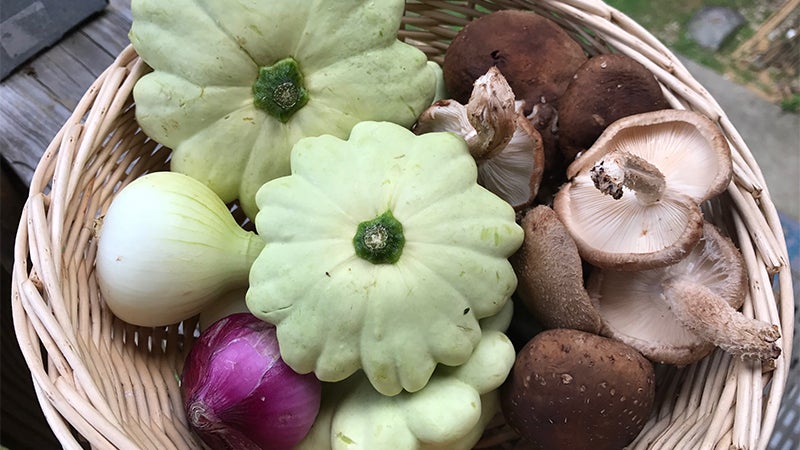Local organic microgreens: Size ‘em up
Published 10:36 pm Monday, July 15, 2013
We’ve seen baby spinach, baby lettuce, and baby squash prized for their tenderness and cute size but now we’re going micro.
Microgreens, or the seedlings of greens, throw a big bunch of vitamins and fiber when added to foods. The advantages of these tiny leaves, less than 14 days old, are how they make vibrant hued garnishes to salads, sandwiches, soups, egg dishes and so on.
They can be pea, herb, beet, chard, mustard, radish, broccoli, arugula and cilantro and they are rumored to pack even more vitamins and nutrients than their adult version.
Now it seems there is some scientific muster to back that claim. The US Department or Agriculture and the University of Maryland have conducted scientific analysis of nutrients in microgreens and the results are strong.
The researchers looked at four groups of vitamins and other phytochemicals – including vitamins C and E and beta carotene – in 25 varieties of microgreens. They found that leaves from almost all of the microgreens had four to six times more nutrients than the mature leaves of the same plant.
But there was variation among them – red cabbage was highest in vitamin C, while the green daikon radish microgreens had the most vitamin E.
These findings may give us new insight into plants, because these are tiny little seeds barely exposed to much light at all and yet these compounds are ready to go.
Talk with microgreens growers, including our local Yielding Branch Farm in Columbus, as there can be a lot of variation in nutrients, depending on where you grow it, when you harvest it and the soil medium.
Chris and Paige at Yielding Branch are permaculture growers who use no artificial inputs or pesticides and begin with non-GMO, organic and heirloom seeds.
Chris and Paige will tell you there is already a market for this exceptionally nutritious micro-enterprise and that their sales in local farmers markets and restaurants are growing.
“We deliver and cut the greens on-site from the trays that they are grown in,” says Paige Paris, partner and farmer at Yielding Branch. “Chefs’ can cut what they want with scissors right onto the plate, so they are live and fresh.”
Microgreens can easily be confused with sprouts, but they are not the same thing. Sprouts are seeds germinated in water just long enough to grow roots, usually 48 hours, and produce a stem and pale underdeveloped leaves. Microgreens on the other hand need soil and sunlight and at least seven days to grow before you can harvest them.
Which also allows you to “place your order” of microgreen or mix of greens for a seven-day turnaround and delivery for your personal or professional use.
Last week, I didn’t have any salad greens per say, but I had a pound of Yielding Branch microgreens, which I went ahead and added sliced tomato and creamy cucumber salad to and had the most amazing, fresh and alive full lunch plate that was incredibly delicious and filling, down to the last bite.
Microgreens may not take over for hearty fully mature greens and salads but they duet beautifully with the creative culinary imagination as well as a simple snack right from the container on their own.
Visit yieldingbranch.com for their three local weekly market locations and other offerings.


